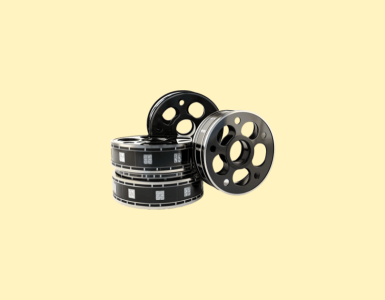Do you find it difficult to get your tracks sounding punchy like the pros do? You need to be using parallel compression. Read this article and you’ll be pummelling your audience with explosive sound before you know it.
Parallel compression sounds complicated but it’s not – you simply duplicate a track and then heavily compress the duplicate and leave the original uncompressed. Then play them back together to get the powerful dynamic sound of the compressed version, whilst still keeping the detail, brightness, and clarity of the original.
The best of both worlds… Parallel compression is commonly used on drums, but it can be used on any track you want to sound big and in your face.

Interestingly, parallel compression is also known as New York compression, because it’s been so popular with New York sound engineers, and “Motown compression”, because it’s such a key part of the Motown sound. So if you love the Jackson 5 or the Supremes sound then you need to get using it!
There are lots of awesome guides to using parallel compression. Resoundsound has a great step-by-step walk-through and a brief history of parallel compression.
Sound on Sound breaks it down and show you a number of different compression types.
Pro Audio Files have awesome tips on how to target specific sounds and how to apply parallel compression to the whole mix.




